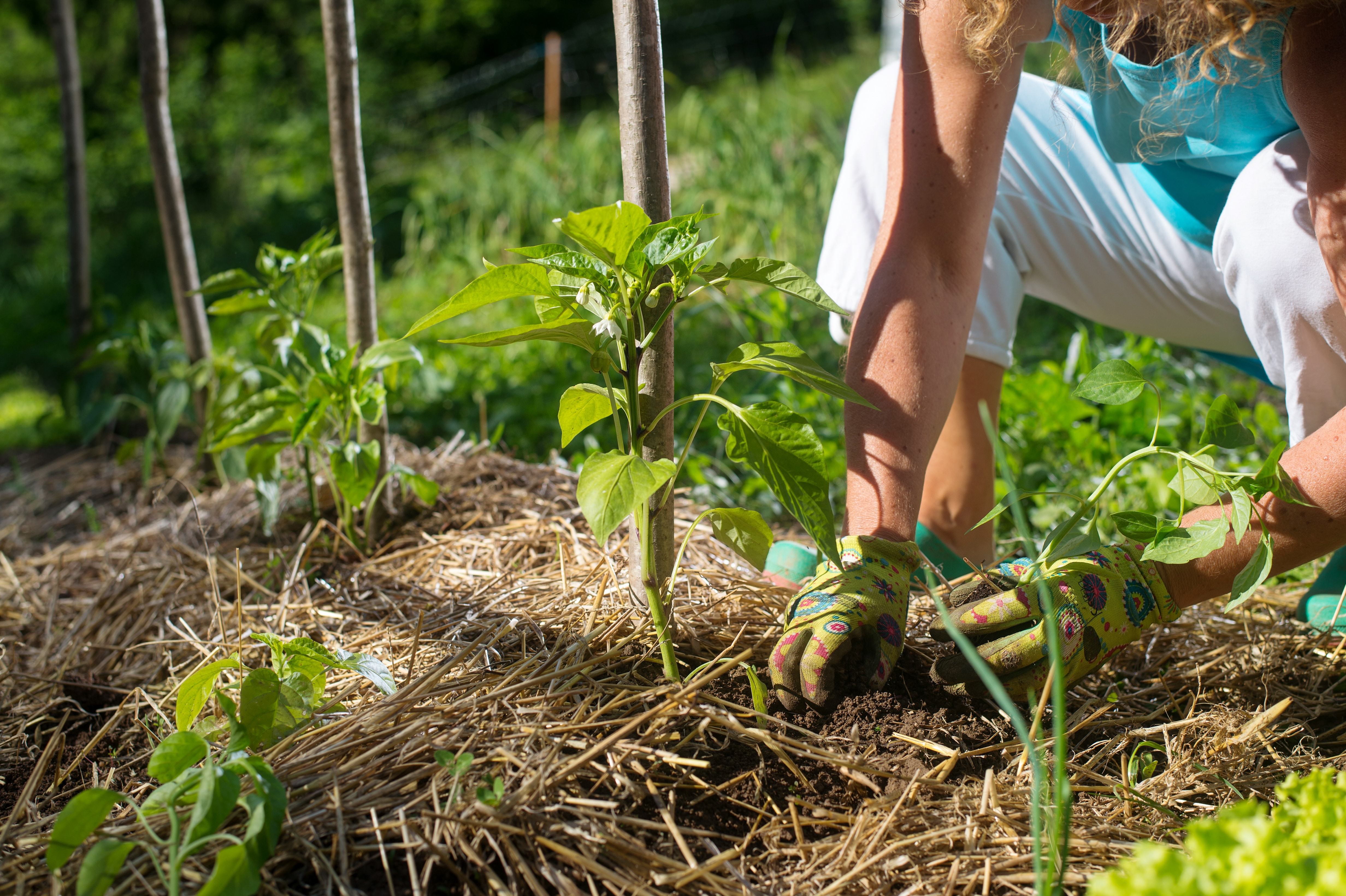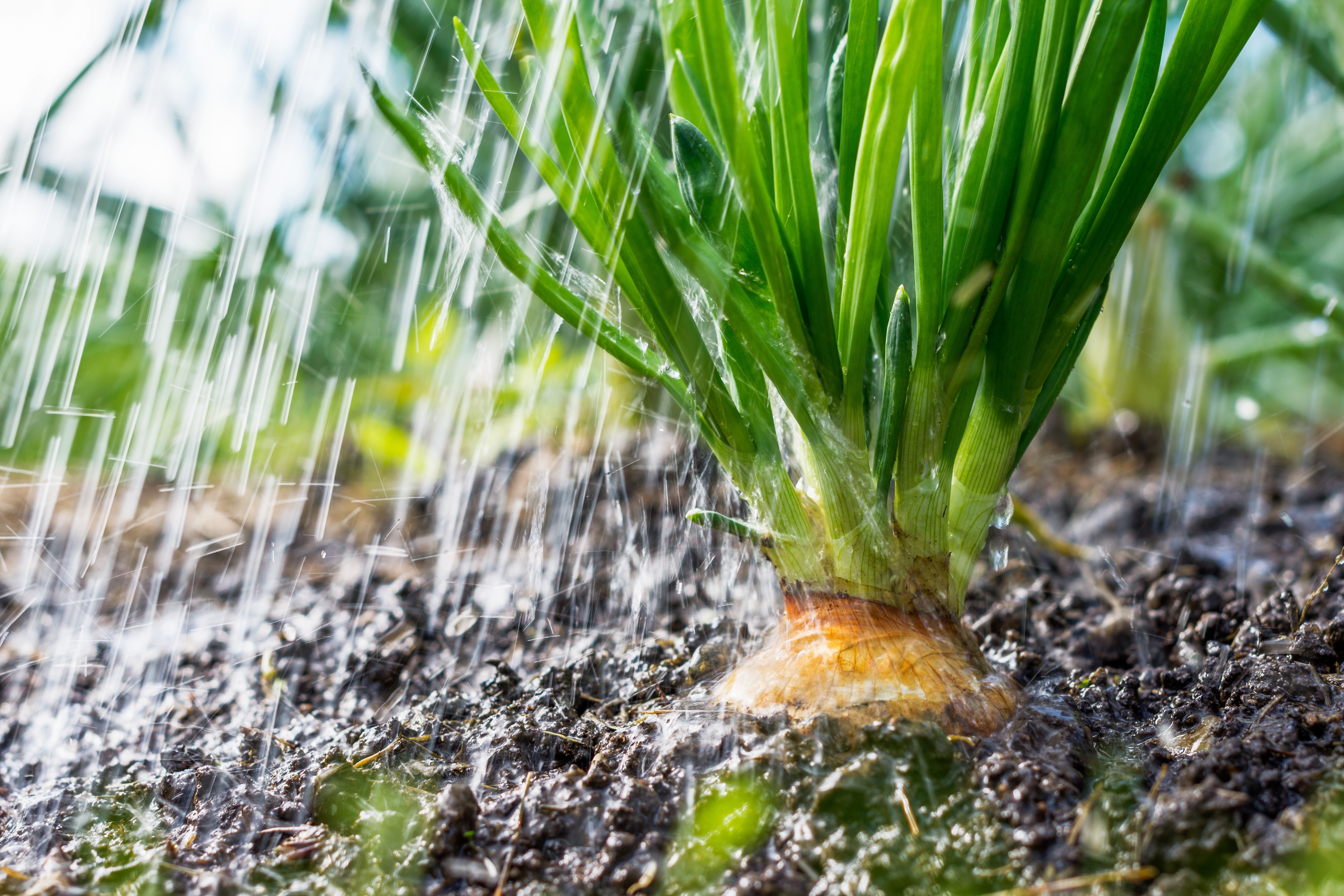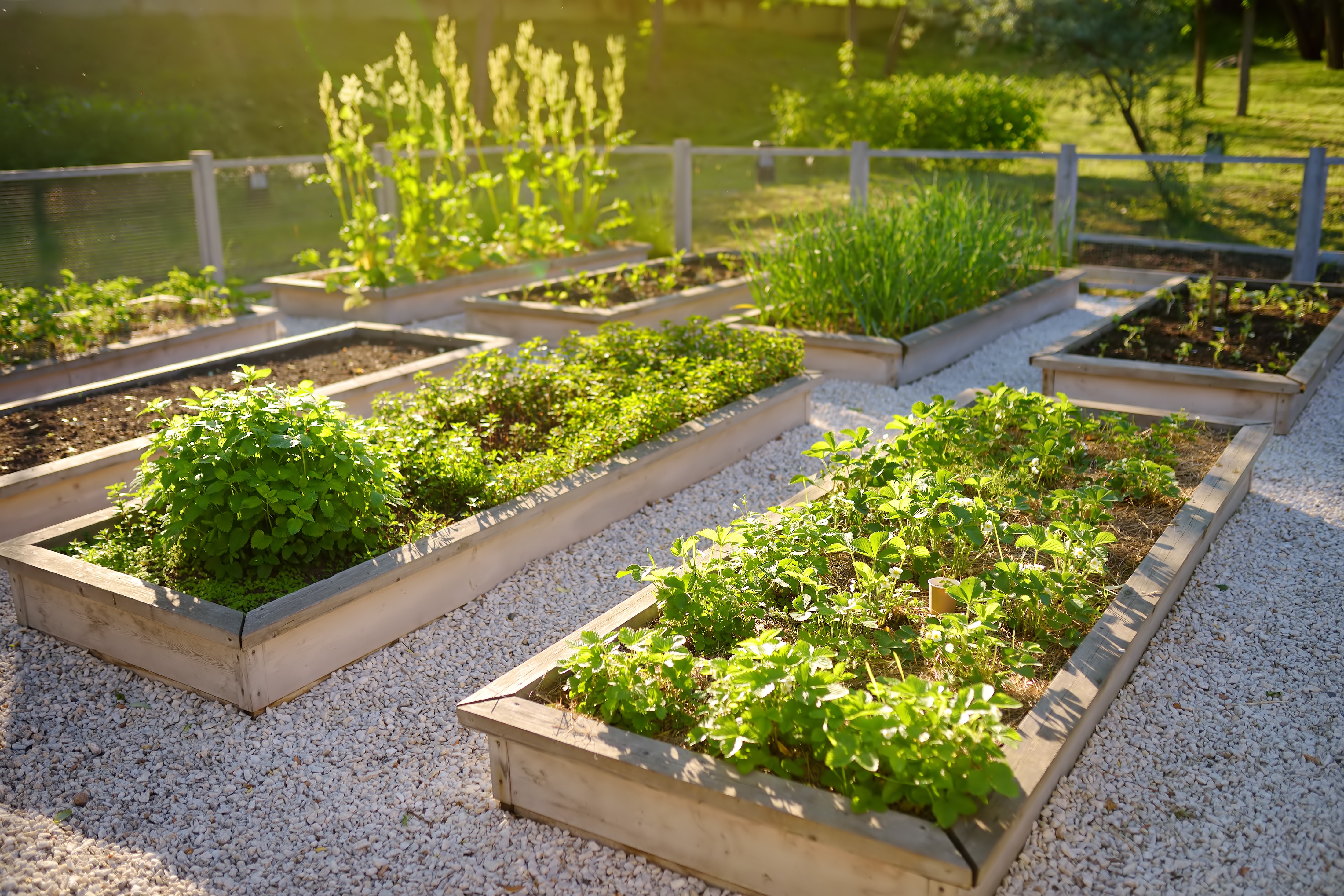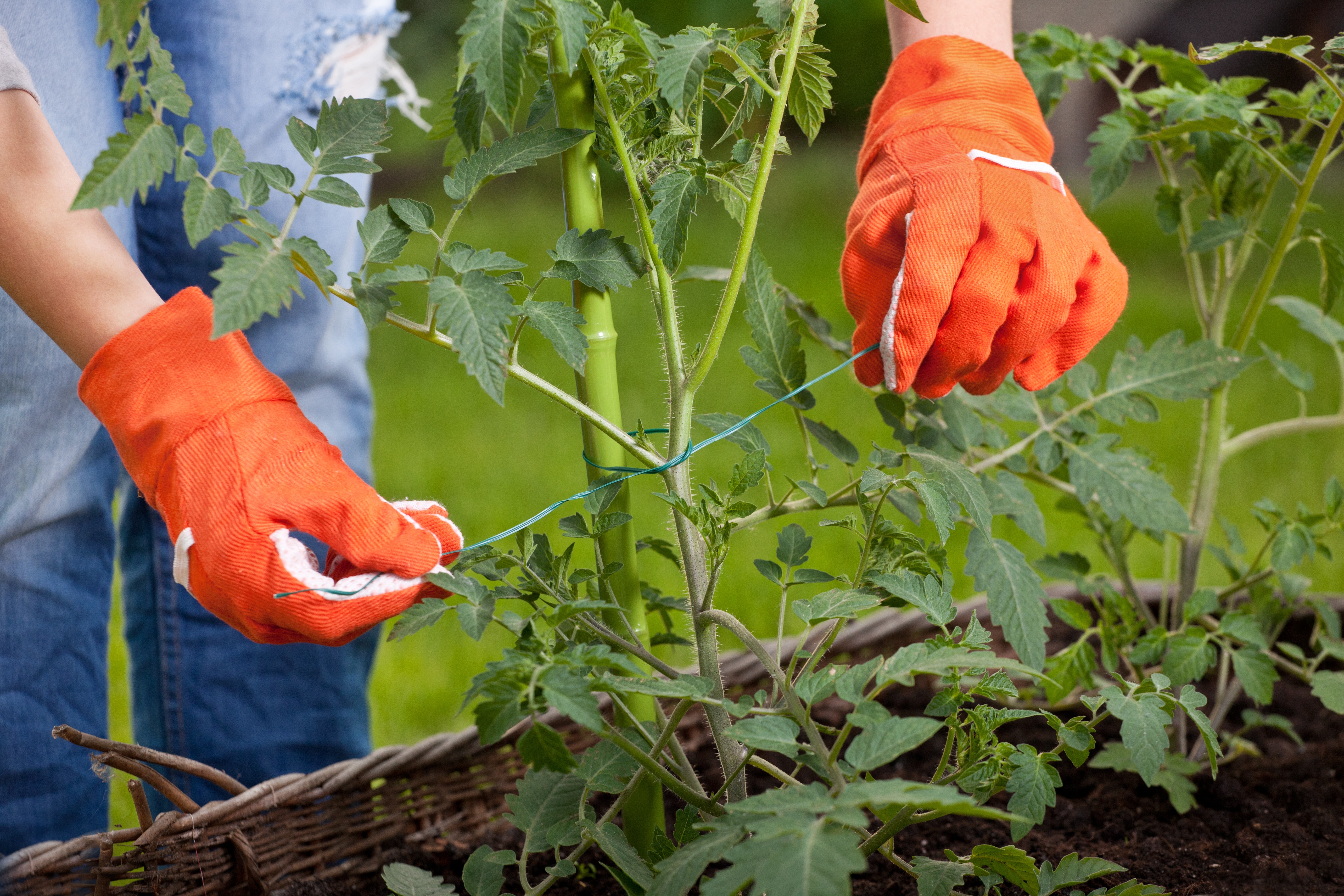Planting out your Veggies

We’re well into spring, which means that a lot of our wonderful gardens will be starting to plant out vegetables that were sown in preparation in winter in greenhouses, sheds, and even their homes. Find out how to get the most successful crop and harvest this year with these tips for planting out.
Choose your space – Get prepared and do your research on where the best spot is in the garden to plant your crop. For example, the majority of vegetables need a nice sunny spot to grow their best, so check the location gets around 6-8 hours of sun a day. However, the more leafy veggies such as lettuce and kale can grow just as well in a shady spot.


Drainage – One of the main things to consider when growing vegetables is soil drainage. Check raised beds and the ground planting space to ensure the soil absorbs moisture well and drains, without creating pools or puddles. Having soil that doesn’t drain well can cause root rot and kill the crop. Try spraying some water over the soil to see what happens before planting out.
Soil type –Veggies will thrive when using a nice nutrient rich soil and regular feeding. Most all-purpose composts provide the right mix of nutrients. However, there are specific types of compost and feed that are perfectly suited for fruit and vegetable growing to give them the boost they need. Try Miracle Gro® Peat Free Fruit and Veg compost and the Pro Organics feed.


Plot Size – Plan ahead to check that you have enough room to grow your veg successfully. Each veggie will need a different amount of space between rows and plants, so measure up so you know there won’t be any over-crowding which may stunt growth.
Equipment – When growing tall veggies like runner beans and tomatoes, it’s important to have support canes at the ready for when they start to shoot up. This is also a great way of measuring their progress when deciding where to plant them out.


Timing – As I’m sure you know; timing is everything when it comes to growing your own fruit and veg. Don’t feel like as it gets warmer you need to start planting out everything all at once. Tomatoes for example will need planting out in May, whereas you can plant out your lettuce from as early as March.
Food and Drink – Feeding and watering your crop seems like an obvious thing to advise on, but don’t over-water or over-feed. Too much water can rot the root of the plant and isn’t productive. When the weather isn’t too hot, a good water once a week will do the trick. Obviously as the temperature rises and we have hot, sunny days in the summer, increasing watering to 2-3 times a week might be necessary. As for feeding, choose a suitable feed and apply it as recommended. Choose from granular or liquid fertilisers to give plants that extra assistance to grow the best harvests.


